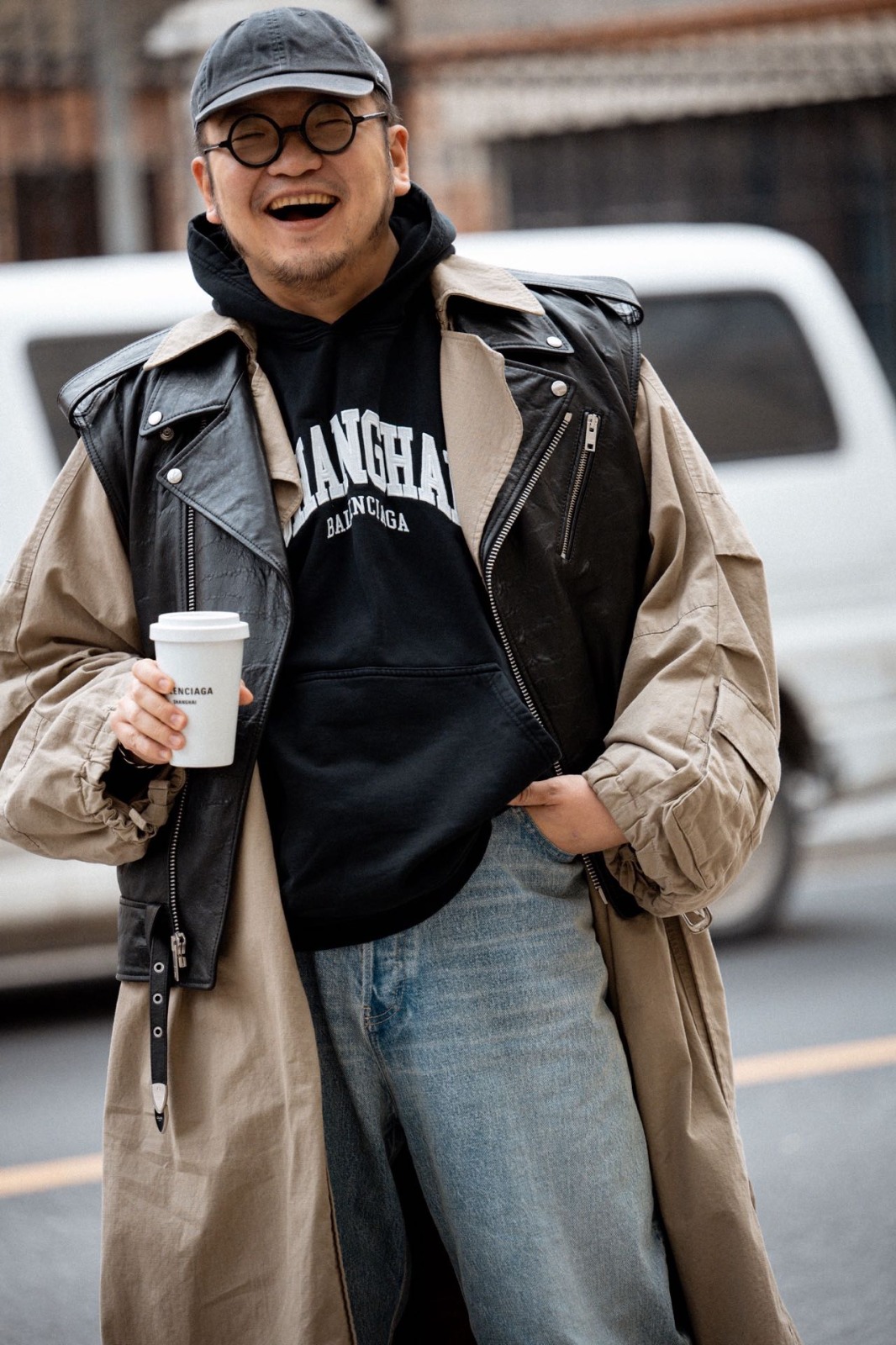WWD Series: Eric Young

How did you become a buyer?
When I was preparing for Le Monde de SHC in Shanghai, I had a feeling that I was about to enter a career that I had not tried before, such as building a team of buyers for LMDS and taking on a leadership role. But despite having no experience of being a buyer at the time, I soon found it was a job I could master.
Even as a consumer, I had always been keenly observing designer brands. Ten years ago, I started working with several luxury fashion brands, providing consumer consulting for their key VICs in the Chinese market. The process of moving from personal consumption to large orders came quickly and without much thought, really.
As an independent boutique, what has the most weight in your purchasing decisions?
From the very beginning, LMDS has set relatively strict standards for the brands it can sell. Whether it’s a Chinese talent or a global designer found in Paris or Milan, I think I’m always using the same criteria for the whole buying process.
As we develop and refine our business logic – Le Monde de SHC opened in 2019 – we also build a better mix of brand stories across the three floors of LMDS, where we often update the content of our spaces according to a fashion theme. Big, prestigious brands and newly popular independent designer collections often need to be introduced to guests at the same time.
Balancing the customer’s taste with the fashion style LMDS wants to convey is also quite a tough task.
Is there a key learning you want to share?
An important lesson is that no matter how exciting a designer/brand’s creative concept or promotion is, we need to keep our heads cool. We need to pay more attention to the consistency of the product, the professionalism of the brand team, and the adaptability of the brand in the relatively special Chinese market.
We recently had to end our partnership with a classic New York fashion house, one I wanted to have even in the face of steep import tariffs on U.S. products because I was influenced by “Sex and the City,” after three seasons.
But in the end, it performed worse than our lowest expectations because fashionistas considered it old-fashioned and archaic in style while younger consumers and the socialites it targets were just not interested. And on top of that, the brand’s China-based team was very junior, therefore not able to properly coordinate according to the Chinese market. We could only end the partnership in time to stop the loss.
What are the best and worst aspects of your work?
If you love fashion, this job doesn’t seem to be a bad thing. It certainly sucks not being able to be in Paris and Milan for two years, so I hope I can get back to it soon.
For me, it’s exciting to keep seeing good designs. That’s why last year LMDS launched the first HU Fashion Forward Award to encourage young talents.
What advice would you give a brand that wants to attract retail attention?
It’s not hard for designers to do something new and different during fashion week in Paris or Shanghai. But I think that brand uniqueness and really mastering how to make a good product are both really important. Take this fall/winter season: from luxury labels to independent designers, I found that everyone was more or less influenced by Balenciaga. It’s important for designers to stay true to themselves at this time. I love Demna, but I don’t want everyone to offer me the same thing.



